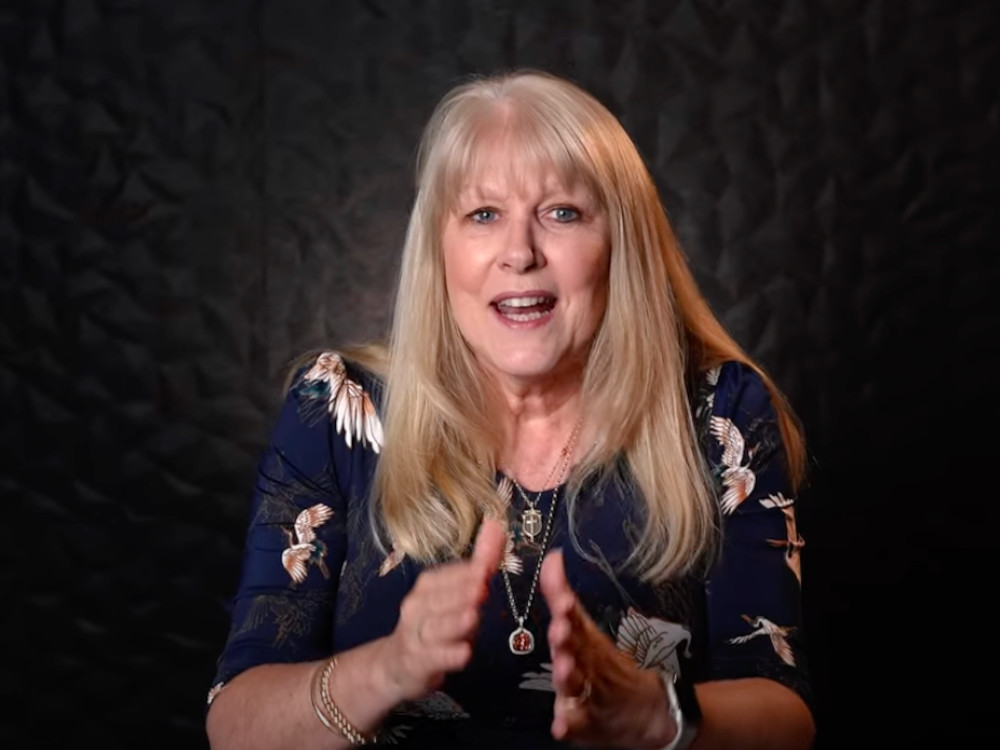It must have been tempting for the Australian Christian Lobby (ACL), which has built up a large supporter base of people mostly on the political right, to join the “No” campaign that polls had suggested for months would win. It would have secured the ACL an easy “victory.”
In an interview with The Other Cheek, Wendy Francis the ACL National Director for Politics says the ACL made a deliberate decision not to campaign on the Voice because Christians were divided on it.
This ammounted to reversing the position the previous leader of the ACL, Martyn Iles had taken on the Voice – which he had publically opposed on behalf of the ACL.
The Other Cheek believes that ACL deserves credit for resisting the temptation to campaign against the Voice. Here’s our interview with Francis.
1) Your latest Friday video includes a heartfelt plea for Australians to close the gap. But I may not be the only person surprised that ACL did not campaign on the voice. Did I miss something?
ACL made a conscious decision not to campaign on the Voice, acknowledging the fact that committed Christians held differing views.
2) ACL has a right-wing reputation, and the Voice was, in some ways, a conservative vs. progressive debate. Are people misreading the ACL?
I would venture to say that it is only those with no inside understanding or experience of ACL’s work that would see us as right-wing. ACL is not right-wing, or left-wing, or central right or left. We are a Christian organisation advocating for kingdom values. We support justice for refugees and for unborn babies. We work with feminist groups to highlight the travesty being perpetuated in gender clinics against gender-dysphoric children. I would encourage people to take a closer look at our work.
3) You said, “Continuing with the status quo in relation to the welfare of First Nations Australians is not an option; a new approach is needed.” What sort of change is needed?
We speak of ‘bridging the gap’, but most Australians seem to be unaware of what the gap actually is. I would like to see an awareness campaign of the real needs in towns and communities that have a majority population of First Nation Australians. Consider for example the very clear gap between Indigenous and non-Indigenous Australians in regards to health facilities. I have researched every town in Australia with a population of 3,000 or less and found a very clear disparity in distribution of inpatient hospital services in Australia.
A comparison of Longreach and Maningrida is a good example of the gap between majority Indigenous and majority non-Indigenous Australian communities.
Longreach has a population of around 3,000. Only 6% of the population are First Nation Australians. Longreach has an 18-bed hospital facility providing acute care, general surgery, emergency, medical, paediatrics, gynaecology, obstetrics, ophthalmology, outpatient and elective health services as well as a retrieval and transfer service. 24 hour accident and emergency care is available and the hospital can respond to emergencies through the Triple Zero (000) system. Longreach has a number of supermarkets, a department Store, clothing and shoe shops, and other speciality stores.
If we compare the health facilities in Longreach with First Nations community of Maningrida which has a similar population to Longreach, we find a community health centre to service the community and outstations. There is no facility to stay overnight if needed. If hospital care is required, a medivac air service is called to provide evacuation to Darwin Hospital. Maningrida has 2 supermarkets with a reasonable range, apart from the huge cost of vegetables and fruit. There are 3 takeaway outlets and 2 fuel stations.
This is one example, but the disparity is the norm and ACL are lobbying government regarding this.
4) “Particularly for those living in remote communities, their voice must be heard.” As you point out, we know the remote communities of First Nations people voted strongly for Yes. What should be our response to that?
We should always be people of the truth, and this is a fact that we should acknowledge and consider. First Nations people in remote communities voted for change. Our response should be to listen and advocate for effective change.
5) Can non-Indigenous Christians make a distinct response to Indigenous Australians? What should that look like?
Of course, yes. We are all members of the human race – created in the image of God. As such, we all have a responsibility to care for each other in whatever ways are appropriate. In the same way that many Churches around our nation support projects in developing countries that provide safe drinking water and adequate health facilities, it would be wonderful to see more churches supporting projects in Australian communities with the same needs. Christian schools also have a great opportunity to play a part, leading the way for their entire school communities. An example of this is Barker College, an Anglican school in Northern Sydney that is taking seriously the need to bridge the gap in educational outcomes for Indigenous students through the formation and resourcing of their sister schools, Darkinjung Barker, Ngarralingayil Barker and Dhupuma Barker.
Image: Wendy Francis, screenshot from her Friday video

